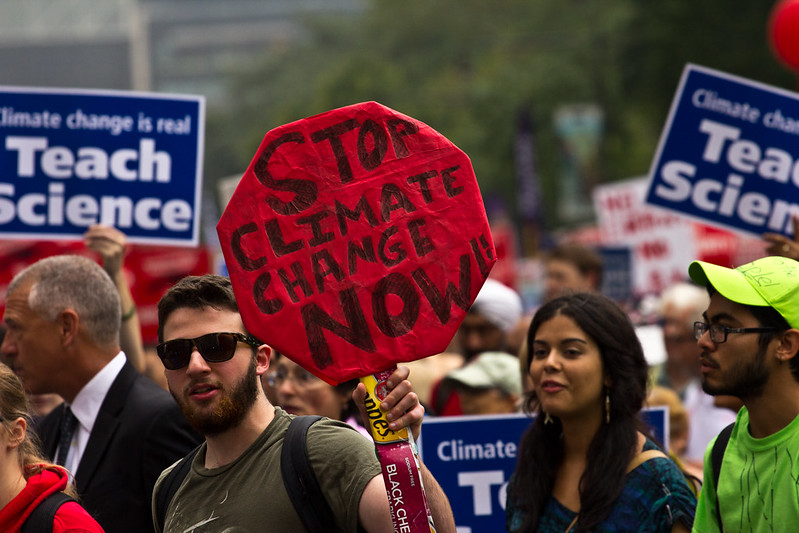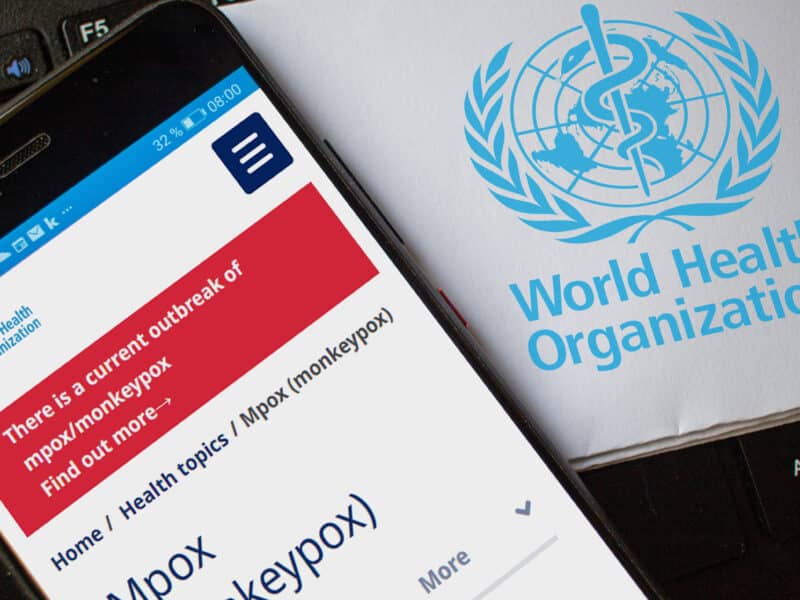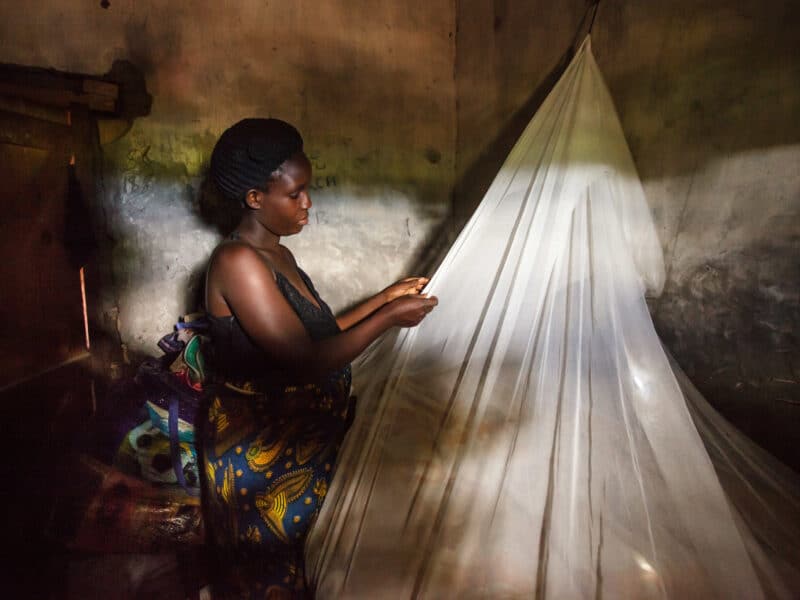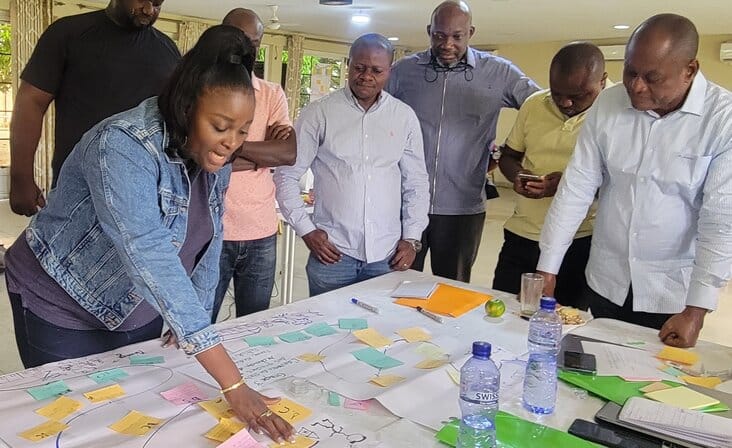One of the takeaways from the 2018 International Social and Behavior Change Communication Summit in Indonesia was clear: Evidence exists that many communication interventions work to create lasting change, but few people know what evidence exists or how to access it in order to help them understand which interventions make the most impact.
To that end, the Johns Hopkins Center for Communication Programs is leading an effort, spearheaded by the Global Alliance for Social and Behaviour Change, to create a user-friendly, searchable database of research into effective SBCC interventions that can be used by anyone working in the field. While much research in SBCC is related to health outcomes, the idea behind the database is to eventually include data showing evidence of impact for all 17 of the Sustainable Development Goals (SDGs) set by the United Nations General Assembly.
First up is SDG 13: Take urgent action to combat climate change and its impacts.
“If you’re trying to decide the best way to have an impact, this database will provide some suggestions for how to make that decision,” says CCP’s Douglas Storey, PhD, who is heading up the database initiative. “Our objective is how to identify which studies are already out there that provide the best evidence of what works in SBCC and share it with anyone who would find it helpful.”
The project is being funded by the Global Alliance, which was founded in the wake of the 2018 Summit. The alliance bills itself as a coalition of organizations from a diversity of fields, including CCP, that are united by a common commitment to “building informed and engaged societies.”
Storey and his team, including colleagues from UNICEF and George Washington University and student interns, started by doing a global scan of the scientific literature related to communication and climate action. They came up with 360 studies that fit the criteria. After careful review and labor-intensive coding, they ended up with 85 valid studies.
Then, they ranked the valid studies based on the strength of the evidence each one provided, defined by indicators such as reach, level of change (individual to social), effect size, strength of design and strength of analysis. “We’re looking for evidence about the kinds of interventions that work under certain circumstances and for particular purposes to create meaningful change in behavior and societal outcomes,” Storey says.
Based on this analysis, they were able to identify gaps in climate communication research. For example, they found good research from North America and Europe, but almost nothing from the Global South, suggesting a need for attention to that region. They found that the interventions which made the most impact used integrated approaches including social marketing and mass communication, as well as community-based or school-based approaches. Storey said that they anticipated to find different patterns of effective intervention approaches across the different SDGs.
The coding is also complete for SDG 16: Promote peaceful and inclusive societies for sustainable development, provide access to justice for all and build effective, accountable and inclusive institutions at all levels. Analysis of the data for this SDG is underway.
The database, including resources for these first two SDGs, should be publicly available by early next year. Work on the rest of the SDGs will continue as funding becomes available, Storey says.
The biggest undertaking will likely be Sustainable Development Goal 3: Ensure healthy lives and promote well-being for all at all ages. There is a “huge volume” of research on health areas and communication, which includes maternal and child health, reproductive health, nutrition, HIV, malaria, non-communicable diseases and so much more.
Although health is probably the area for which the evidence of SBCC impact is most extensive and diverse, Storey says it was important not to start building the evidence database with health.
“There is a general feeling that health is overemphasized in development, that it gets too much attention and that other areas such as equity, human rights, agriculture and education get less attention and are underfunded,” he says. “This step-wise approach will help ensure a broad and more diversified view about how communication can support all of the Sustainable Development Goals.”





